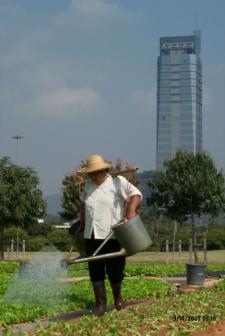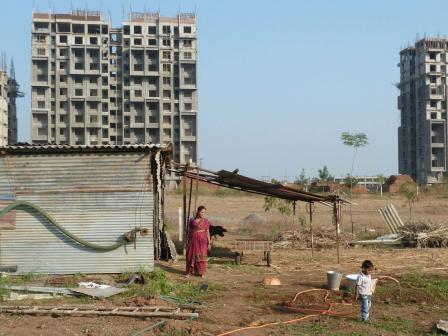Research Summary
We attempt to understand the range and relative importance of the multiple biophysical and socioeconomic determinants that influence urban form and patterns of urban expansion.
In order to capture and represent these drivers at the local level, we create land change models combining high-resolution remote sensing data with economic and demographic data (Seto & Kaufman, 2003) Countrywide and regional studies involve a multi-level modeling approach capable of integrating variation that originates from multiple spatial scales and levels to evaluate the relative impact of policies and factors across administrative and spatial scales (Jiang et al., 2012) At the global level, the urban land teleconnections (ULT) framework aims at advancing conventional conceptualizations of urbanization and land, identifying and examining the processes that link urbanization dynamics and associated land changes that are not necessarily co-located (Güneralp et al., 2013)
Recent Findings
The main drivers of land conversion vary regionally in importance. Annual GDP growth per capita drives approximately half of observed urban land expansion in China, whereas urban population growth plays a bigger role in India and Africa (Seto et al. 2011). Much of urban expansion, however, may be due to factors difficult to observe comprehensively at the global level, including international capital flows, the informal economy, local land use policy, and generalized transport costs (Seto et al. 2011). The importance of examining the interaction among multiple factors when crafting urban growth policies cannot be understated (O’Mara & Seto, 2014).


